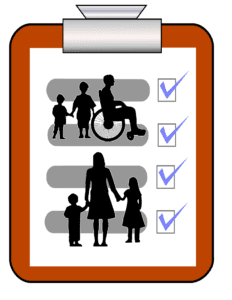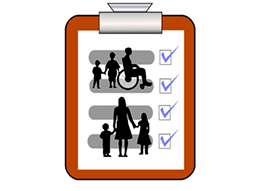 Welcome to Individualized Education Plan (IEP), the third course in the series Special Education.
Welcome to Individualized Education Plan (IEP), the third course in the series Special Education.
This course has been designed to help you understand what an IEP is, why we have IEPs, and the components of an IEP. As you navigate this course you will build your holistic knowledge around IEPs. This is meant to give you a strong foundation for understanding one of the most critical and crucial roles a special education teacher plays: writing IEPs.
An IEP is the legal and binding document between a school and a family that outlines the differences in the educational journey a student will experience. As a special education teacher, you will write many IEPs. Honing this skill over the next two courses will be an important aspect of your practice as a successful special education teacher.
Students receiving special education services are required to have an Individualized Education Program (IEP) and this course serves as a guide for creating the individualized plan. The IEP is crafted specifically for the student based on the evaluation data, recommendations from teachers, insight from parents, and input from the student.
The well-developed plan outlines the annual goals, services the student will receive, modifications and accommodations to support learning, assessment tools to monitor progress, and transition services when needed. Although the format may vary by school, district, or state, it is imperative that special education teachers understand the required components of an IEP, how to craft the document, implementation in the traditional classroom, and the steps to determine effectiveness.
This course requires 28 hours of study time to complete all assignments and the reflection questions. There are seven written assignments including the reflection questions at the end of the course.
